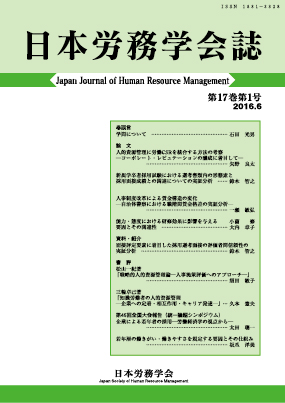In order for Japanese manufacturing companies to build the sustained competitive advantages, it is necessary to provide the new products that are highly original and are continuously suited to customer needs. Hence, it is necessary to encourage leadership that promotes resarchers’ creative performance In this study, analyzed intrinsic motivation and communication, which were regarded as the factors that affect creativity, were analyzed, and the mechanism whereby leadership promotes creative performance of researchers were clarified.
Researchers and their leaders and leaders’ supervisors from 7 companies of industrial parts suppliers participated in the present study. The questionnaires were collected from 645 researchers and 112 project leaders and 22 managers. As a result of analysis, the following was found.
First, transformational leadership is positively related to creative performance of researchers. Further, intrinsic motivation and intra-project communication mediate the relationship between transformational leadership and creative performance. Second, non-controlling leadership is not related to creative performance of researchers significantly. Nevertheless, it moderates the relationship between transformational leadership and creative performance in such a way that for researchers under stronger non-controlling leadership, transformational leadership has a stronger, positive relationship with creative performance than for researchers under weaker non-controlling leadership. Third, gate-keeping leadership is positively related to creative performance of researchers. Moreover, intrinsic motivation, intra-project communication, and internal communication mediate the relationship between gate-keeping leadership and creative performance.
Certainly, transformational leadership promotes creative performance of researchers.
However, its effect is encouraged by non-controlling leadership.
Furthermore, gate-keeping leadership also promotes creative performance. Hence, managers should focus on not only performance as researcher but also researcher’s leadership, when they select researcher as leader. Moreover, it is necessary to develop leadership systematically.
View full abstract
